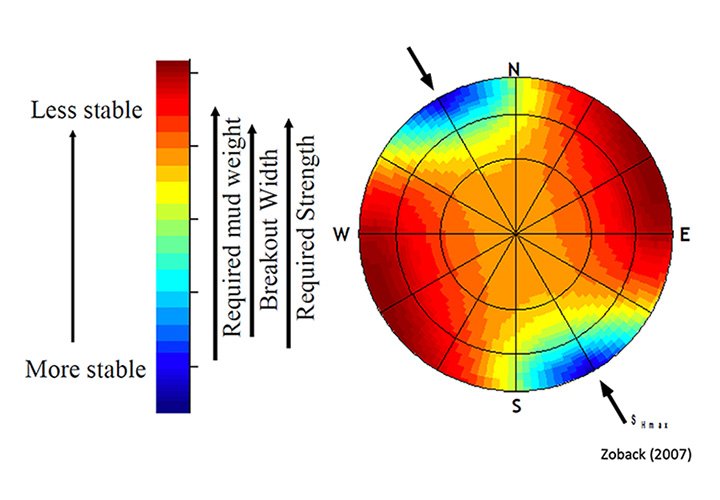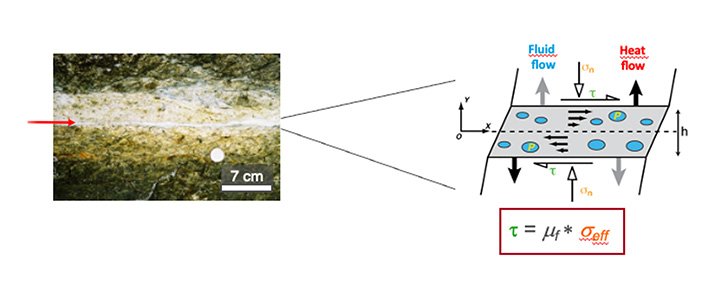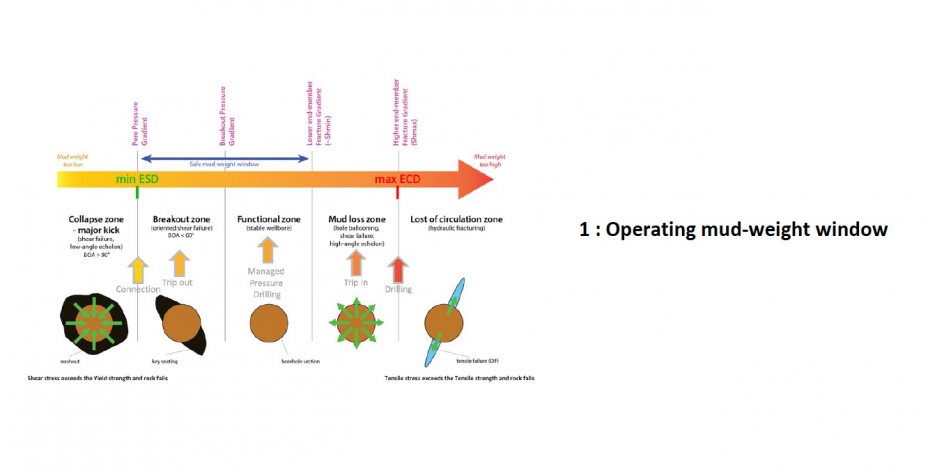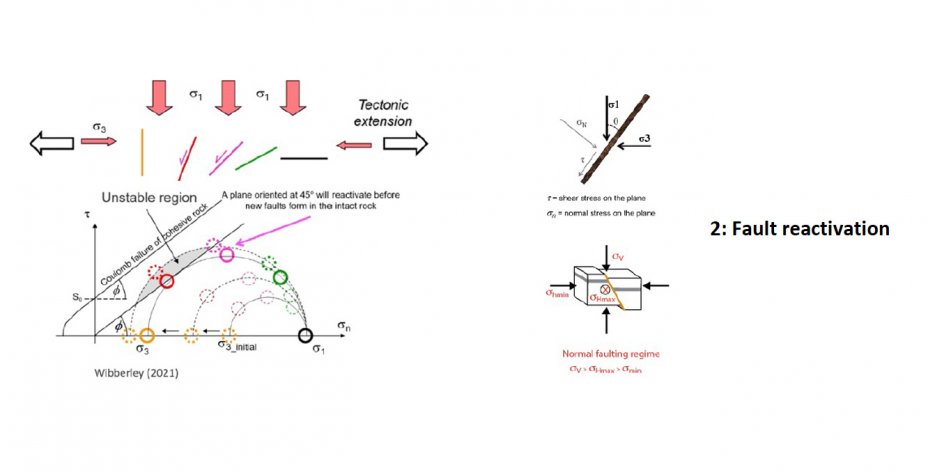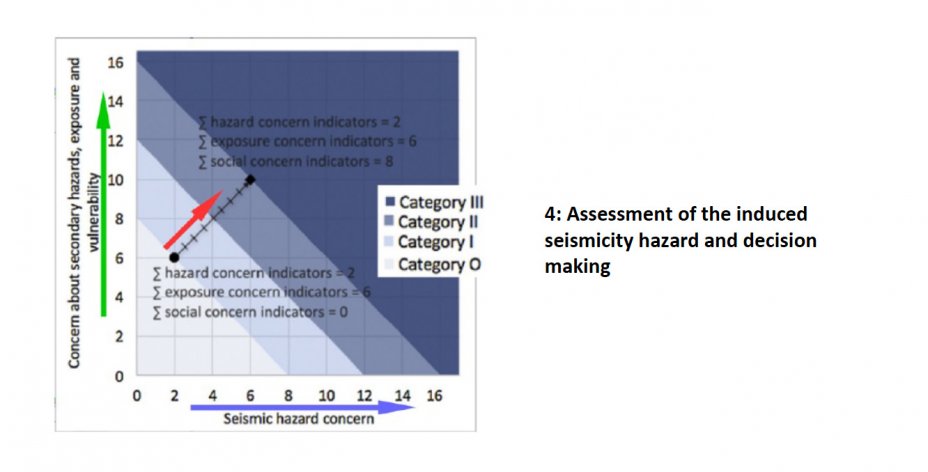FUNDAMENTALS OF GEOMECHANICS FOR DRILLERS AND GEOSCIENTISTS
Back to the basics to understand key concepts for petroleum and deep geothermal projects such as geomechanics-related drilling events or induced seismicity
- Course Type
Classroom Course - Duration
3-5 days - Thematic
Geosciences - Location
- Country
ANYWHERE -
Satisfaction rate
